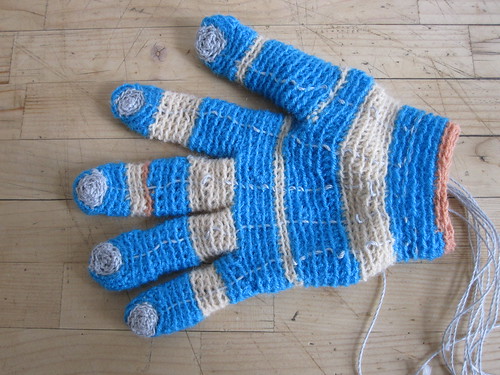
When conductive yarn is mixed in the knit/crochet piece, it becomes pressure sensitive. This can be implemented as touch sensor or bend sensor.
Here, I have crocheted a glove with conductive yarn (Schoeller Nm 10/3) on finger tips. You can measure the conductivity change as each fingers touches (pressured against) objects.
This project was a trial to come up with alternative solution for the Sensitive Fingertips project.
Making of…
Start crochet round shape with conductive yarn. I started with 3 loops, connect the end with slip stitch. Continue crochet for 3 or 4 round until it is a size of finger tip.
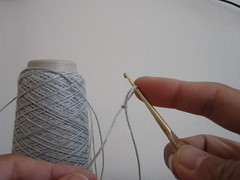

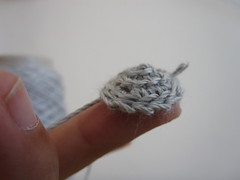
Once the conductive yarn piece reaches the size of finger tip, change the yarn to normal yarn (make sure to leave enough conductive yarn on both end so you can connect to circuit later). I first made a finger top part, and continued the tube like structure to cover the finger to the bottom. Repeat this process for 5 times. Adjust the size for each fingers.
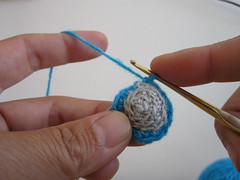
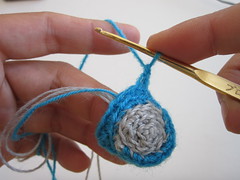
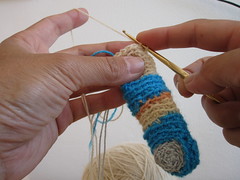
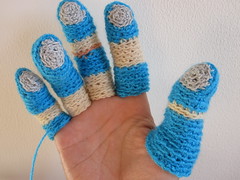
Now, connect four fingers together by crocheting the edges together. Then continue the connected edge to make the palm part of the glove. When it reaches the level for thumb, add the thumb finger parts you’ve made before and continue until it reaches the wrist. In this example, I crochet all the way, therefor the wrist part is not elastic. If you prefer the elastic edge, you can switch to knitting at the wrist part and use rib stitch to achieve the elasticity.
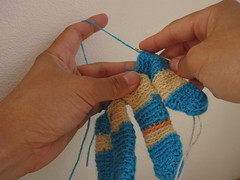
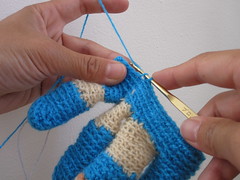
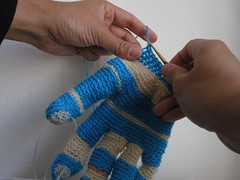
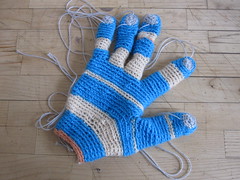
The both end of the conductive yarns on each fingers are brought to the wrist part of the glove separately to measure the resistance change. (later on, I changed to connect to conductive fabric and thread near the finger tip and brought to the wrist) Notice that conducive yarn (thread) traces are running on each finger, one on palm side and one on back side of the hand. The end of the trace is connected to poppers.
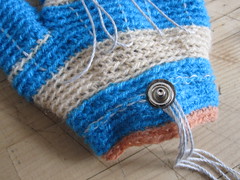
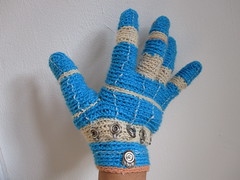
After finishing the construction, I have felted the glove a bit by putting it into hot water and rubbing it with soap. This made the sensor to go back to original state after pressuring them slightly better. (This process may not be necessary)

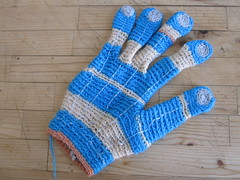
Here is a movie of a finger pressuring test…



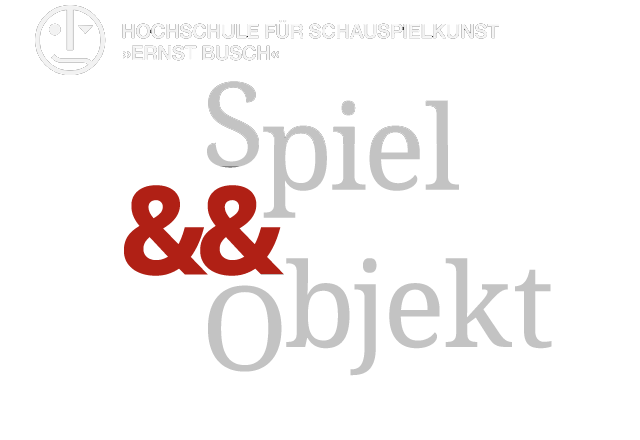
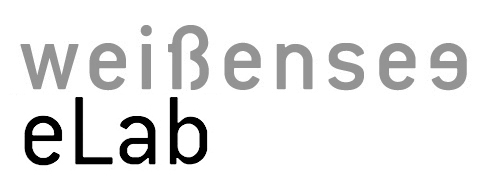



Can you use it to type into a computer by pushing on hard surfaces in chording keyboard patterns?
http://en.wikipedia.org/wiki/Chorded_keyboard
this is super!!
[…] >> http://www.kobakant.at/DIY/?p=2806 […]
[…] >> http://www.kobakant.at/DIY/?p=2806 […]